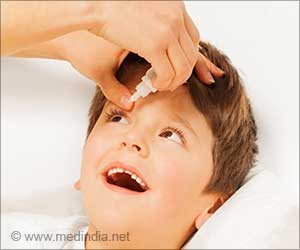Two-dose regimen reduced symptomatic disease, including hospitalization and death. But an association with reduced asymptomatic infection was unclear.
“While further research is needed, by preventing infections, including in people who have no symptoms, there is a high possibility that vaccination will decrease transmission of SARS-CoV-2,” said Diego Hijano, M.D., of the St. Jude Department of Infectious Diseases.
He and Li Tang, Ph.D., of St. Jude Biostatistics, are the first authors of the report. Tang is also the corresponding author.
5,217 St. Jude employees who were eligible under Tennessee state guidelines for vaccination between Dec. 17, 2020, and March 20, 2021 were included. More than 58% of employees were vaccinated during that period. Most workers received both doses.
Vaccination decreased the risk of asymptomatic and symptomatic SARS-CoV-2 infection by 79% in vaccinated employees compared with their unvaccinated colleagues. An analysis of asymptomatic infections alone found vaccination reduced the risk by 72%.
Protection was morer for employees who completed two doses. After a week of receiving the second dose, vaccinated employees were 96% less likely than unvaccinated workers to become infected with SARS-CoV-2. When researchers looked just at asymptomatic infections, vaccination reduced the risk by 90%.
The plan included targeted testing for employees with COVID-19 symptoms or known exposure to the pandemic virus, routine, laboratory testing of asymptomatic employees.
Nasal swabs were taken weekly from asymptomatic on-campus workers to do polymerase chain reaction to detect asymptomatic SARS-CoV-2 infection.
“This study was possible because St. Jude invested in resources to determine how best to control the disease and protect our patients and employees,” Tang said. “Few places then or now provide such broad asymptomatic testing.”
Hijano said, “Testing has been invaluable to the institutional COVID-19 mitigation plan. In the end, the testing also serves as a unique tool that helps to fill in critical knowledge gaps.”
Two hundred and thirty six of the 5,217 employees tested positive for SARS-CoV-2. They included 185 unvaccinated employees and 51 of the 3,052 workers who had received at least one dose of the vaccine.
One hundred and eight reported no symptoms upon testing. The asymptomatic cases included 20 employees who had received one vaccine dose and three who tested positive within seven days of the second dose.
“The results are a reminder of the many hidden cases in the population, which makes containing the virus a big challenge,” Tang said.
More than 80% of employees were younger than 65 years old. The vaccinated group included a higher percentage of health care staff, 47%, than the unvaccinated employees, 25.7%.
Source: Medindia



